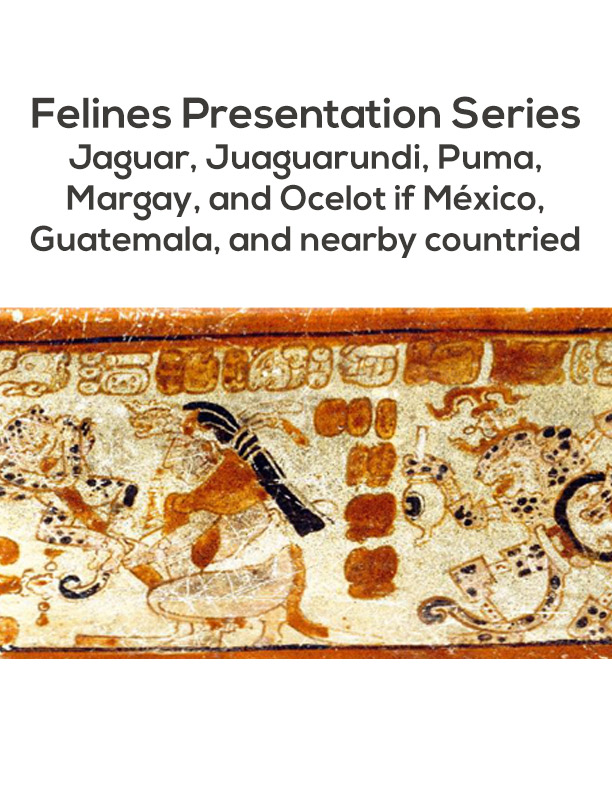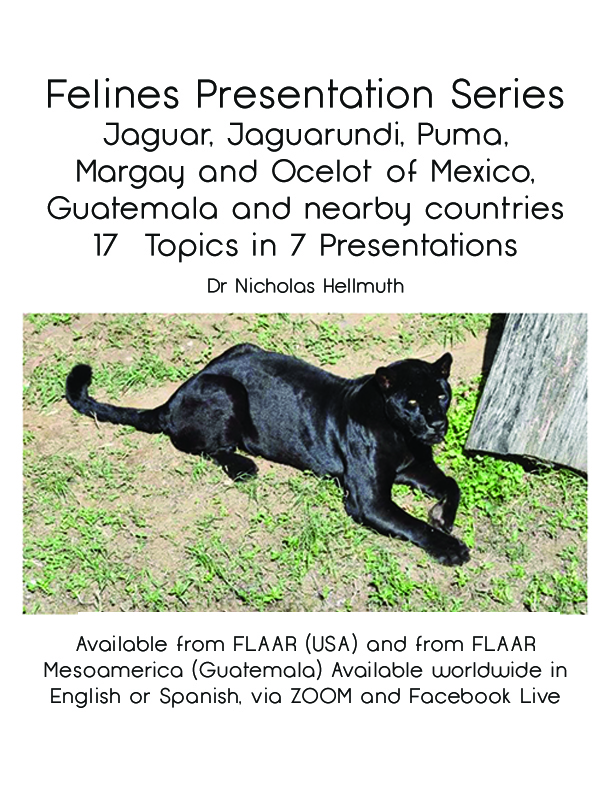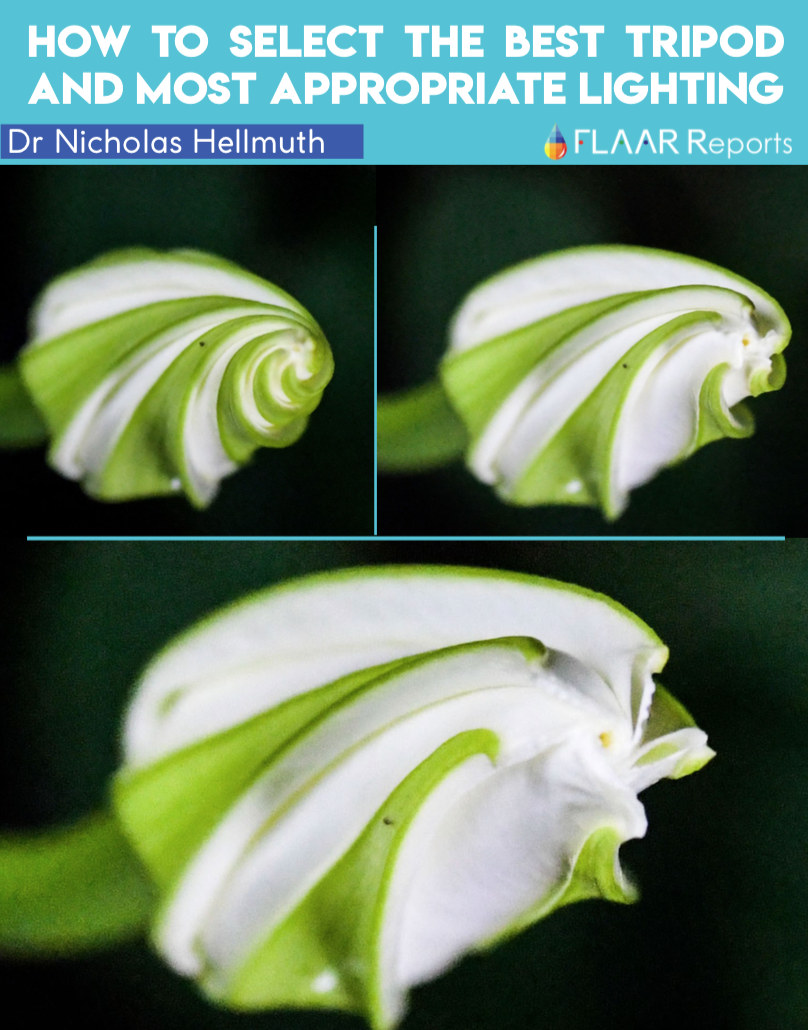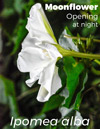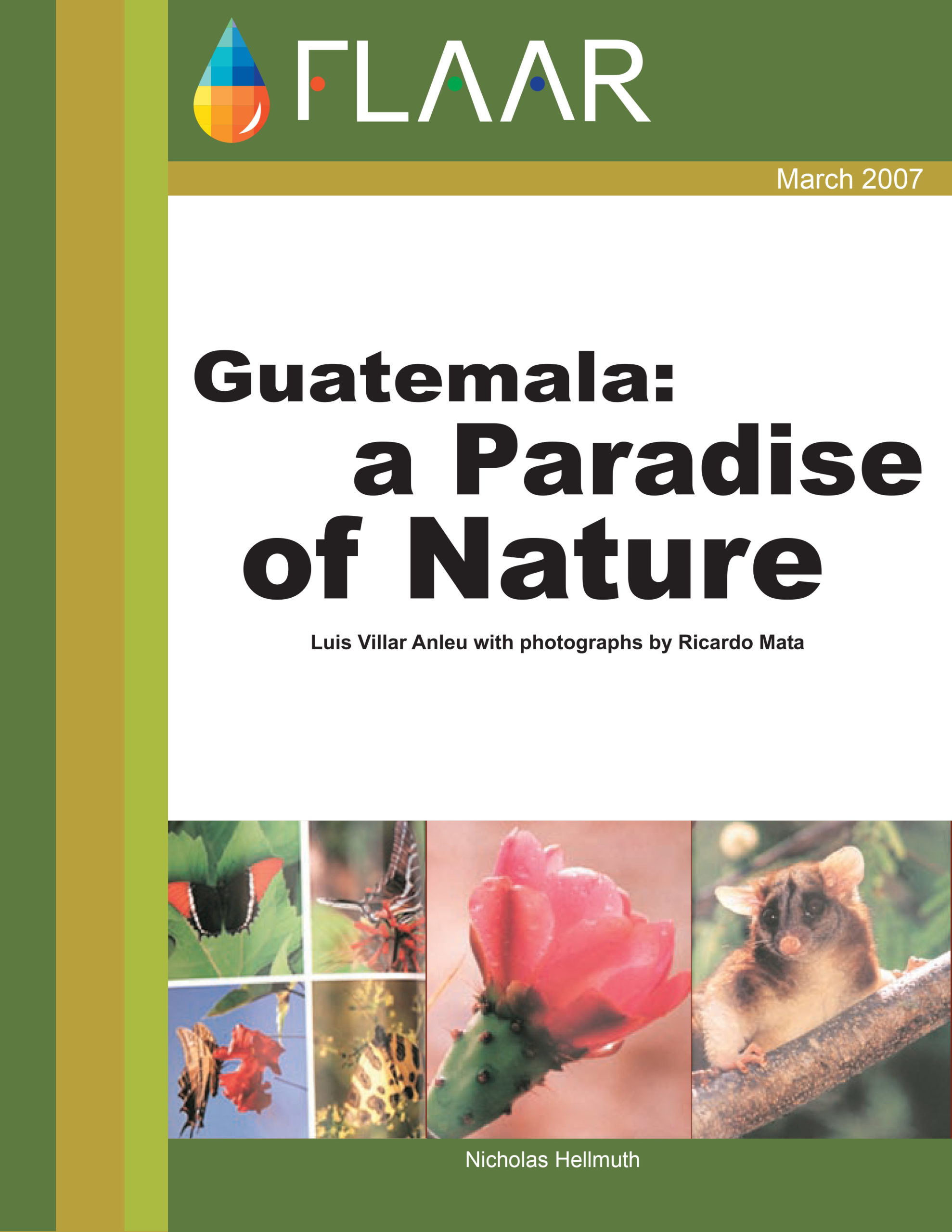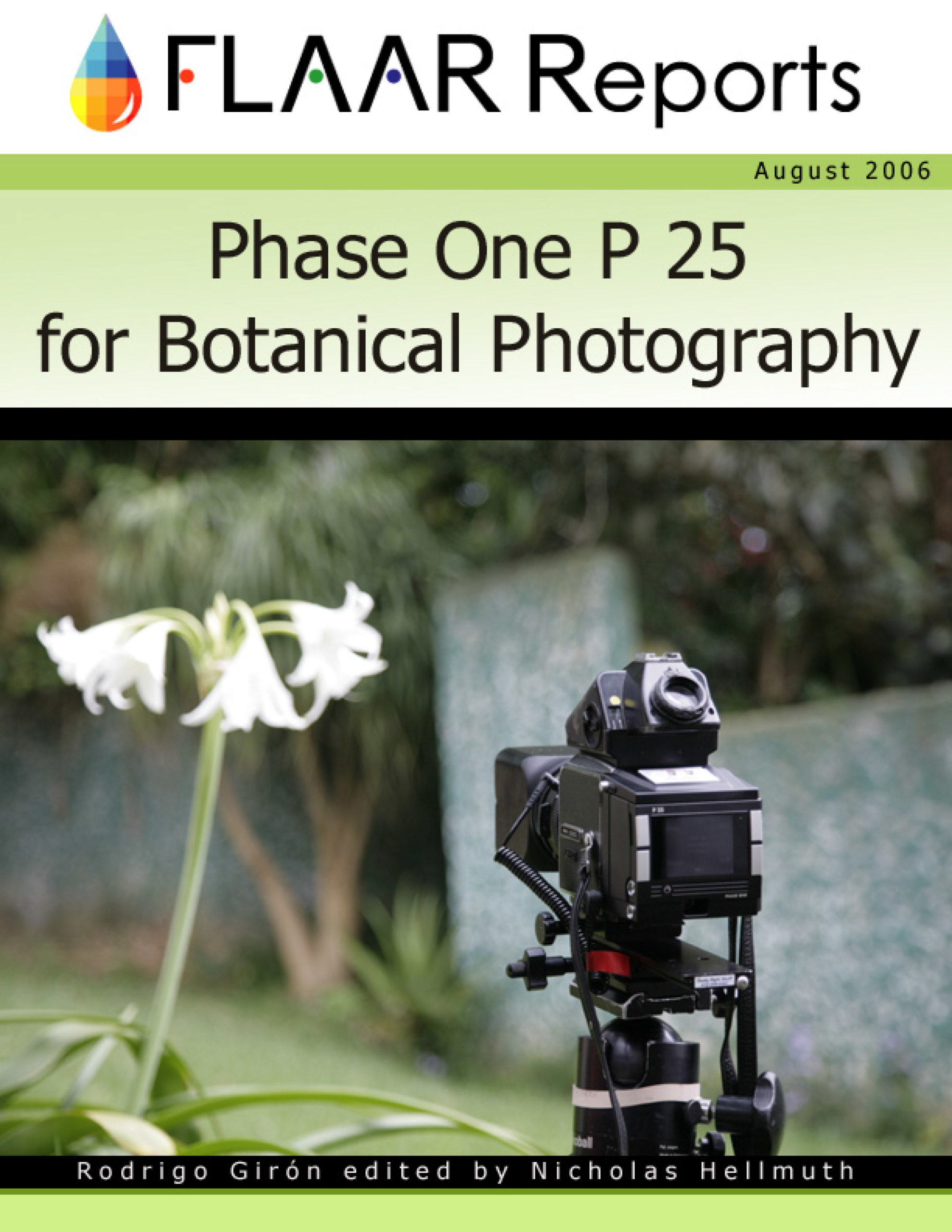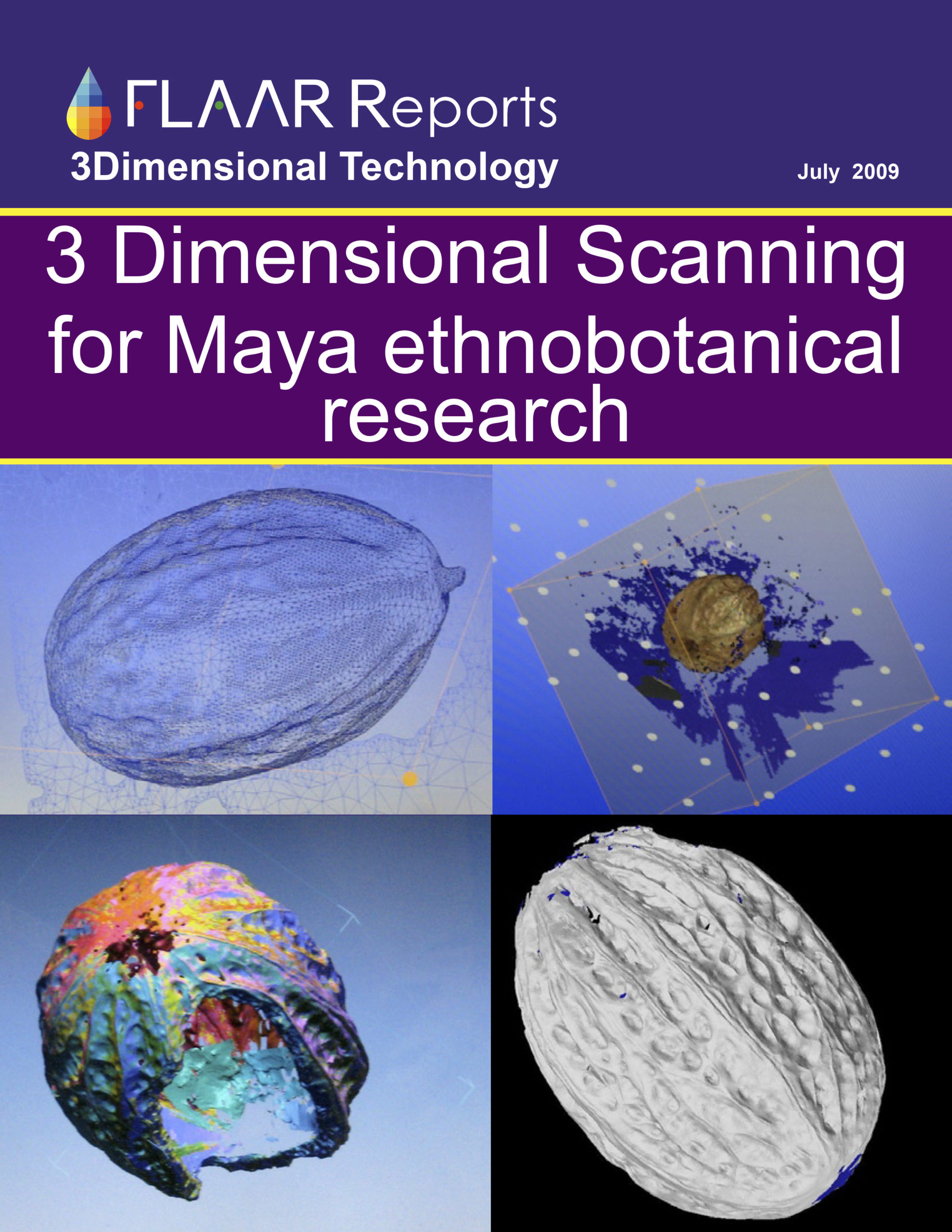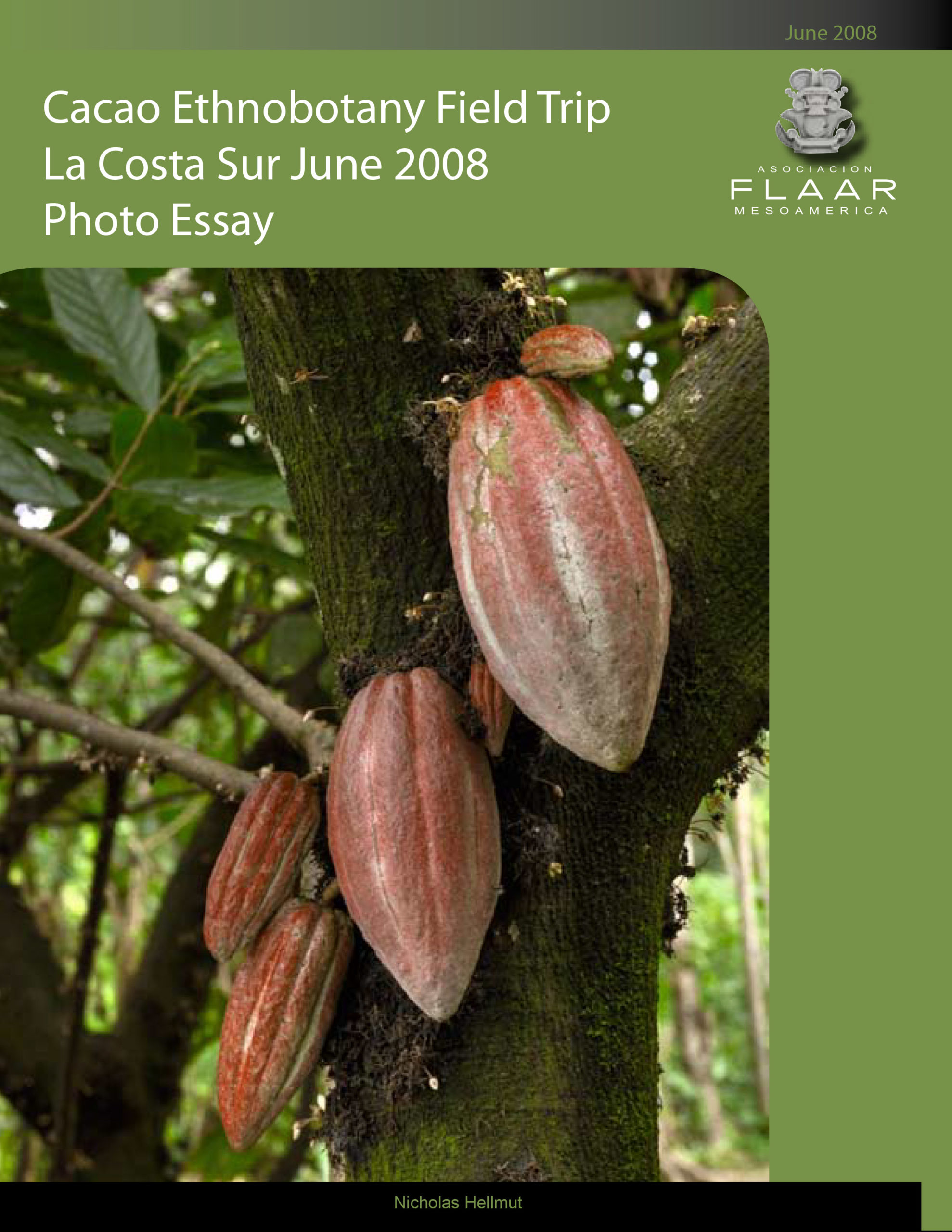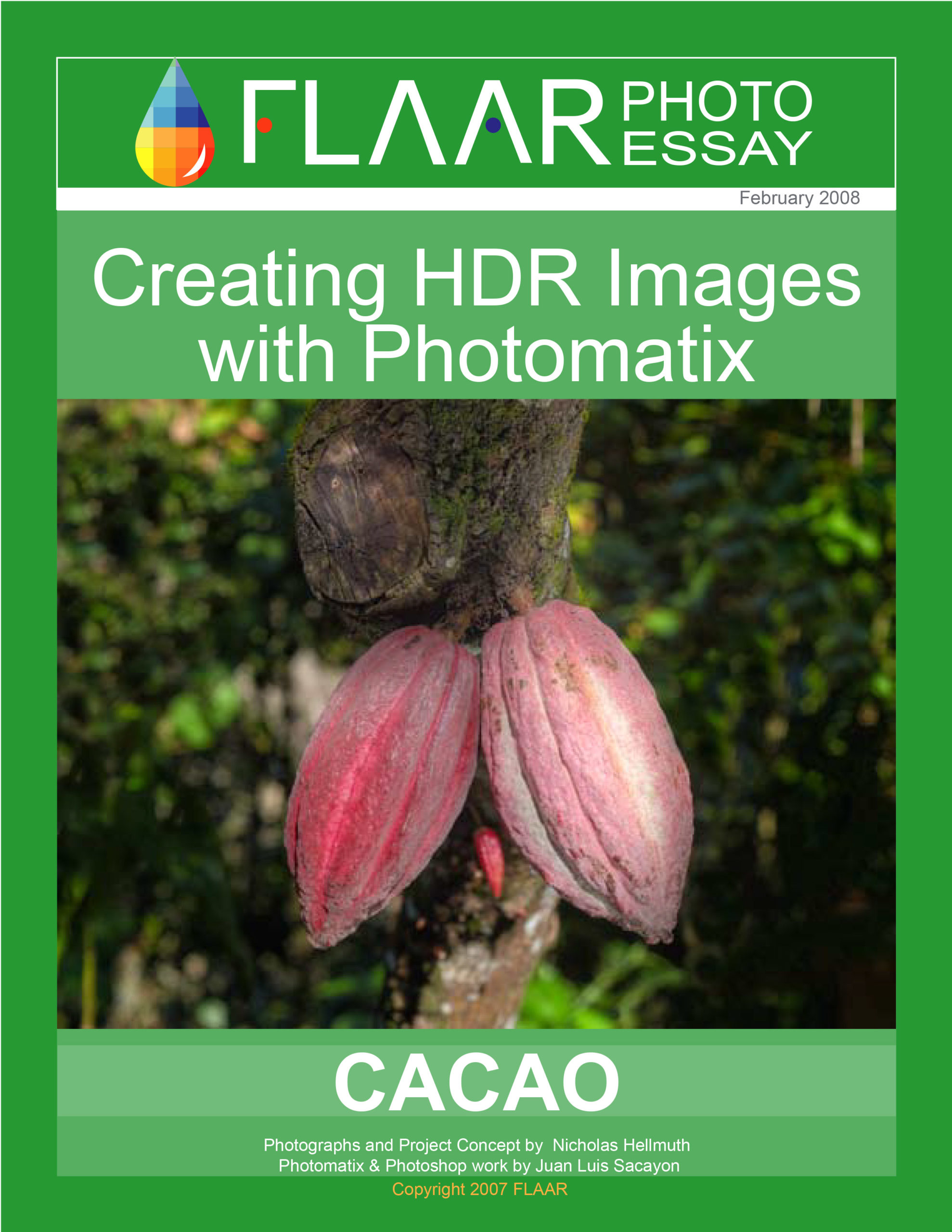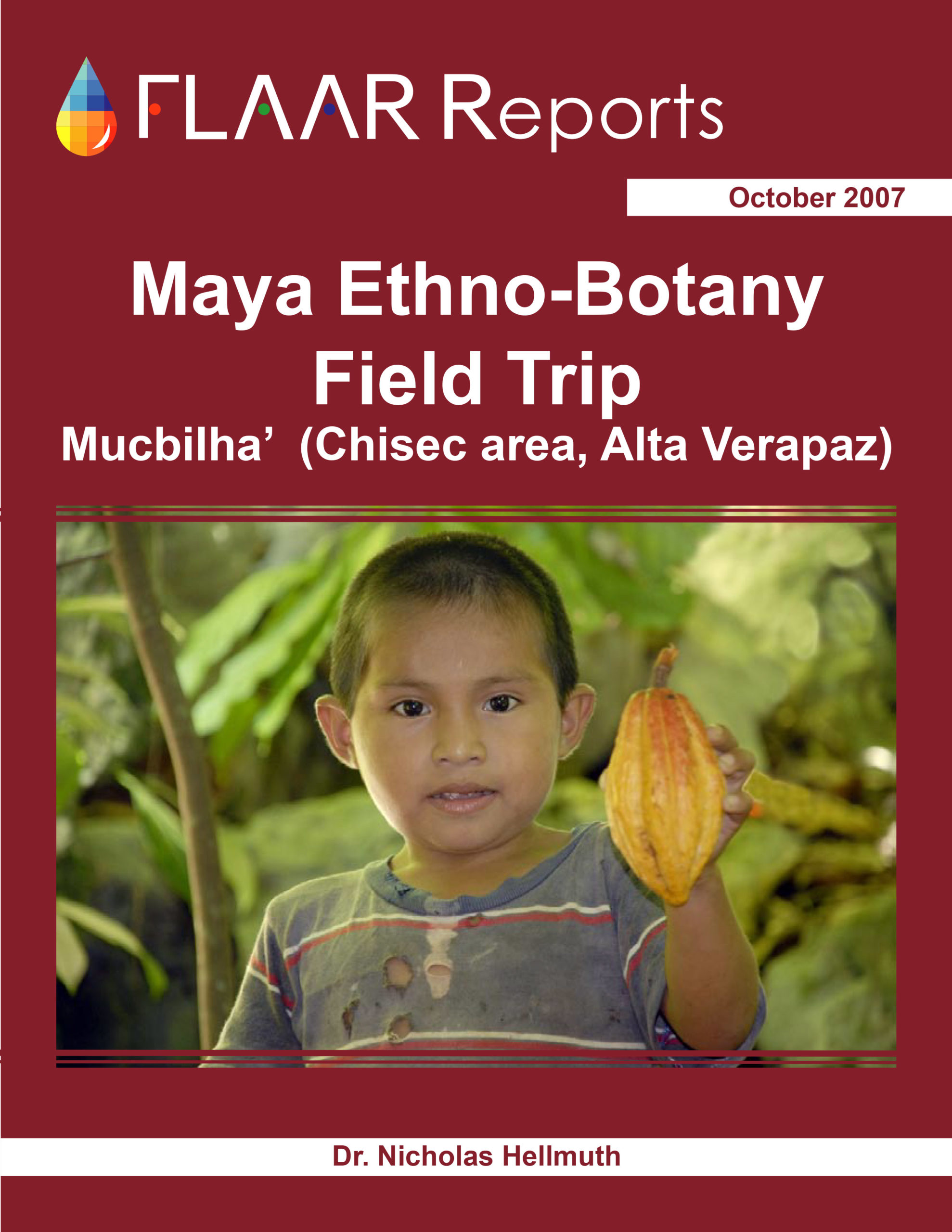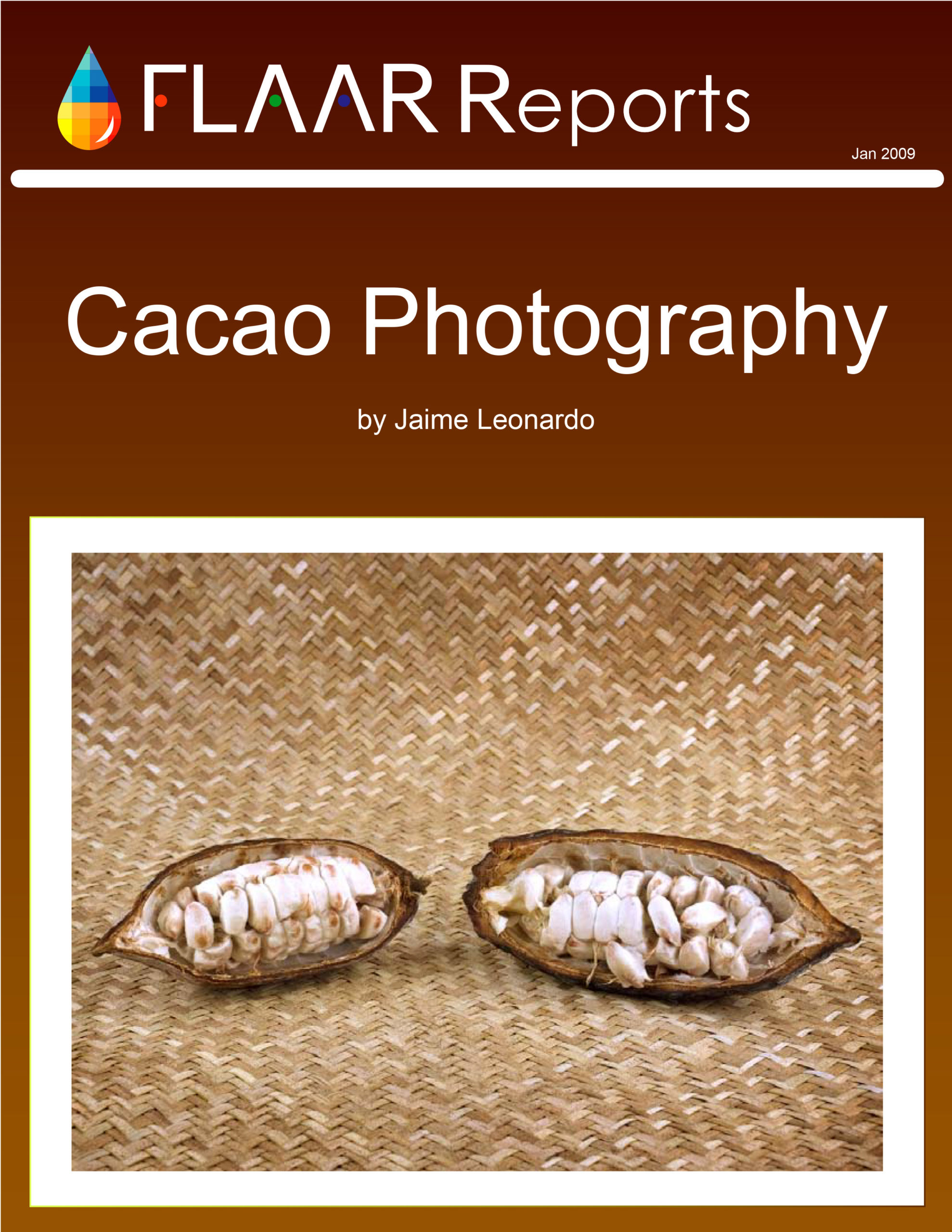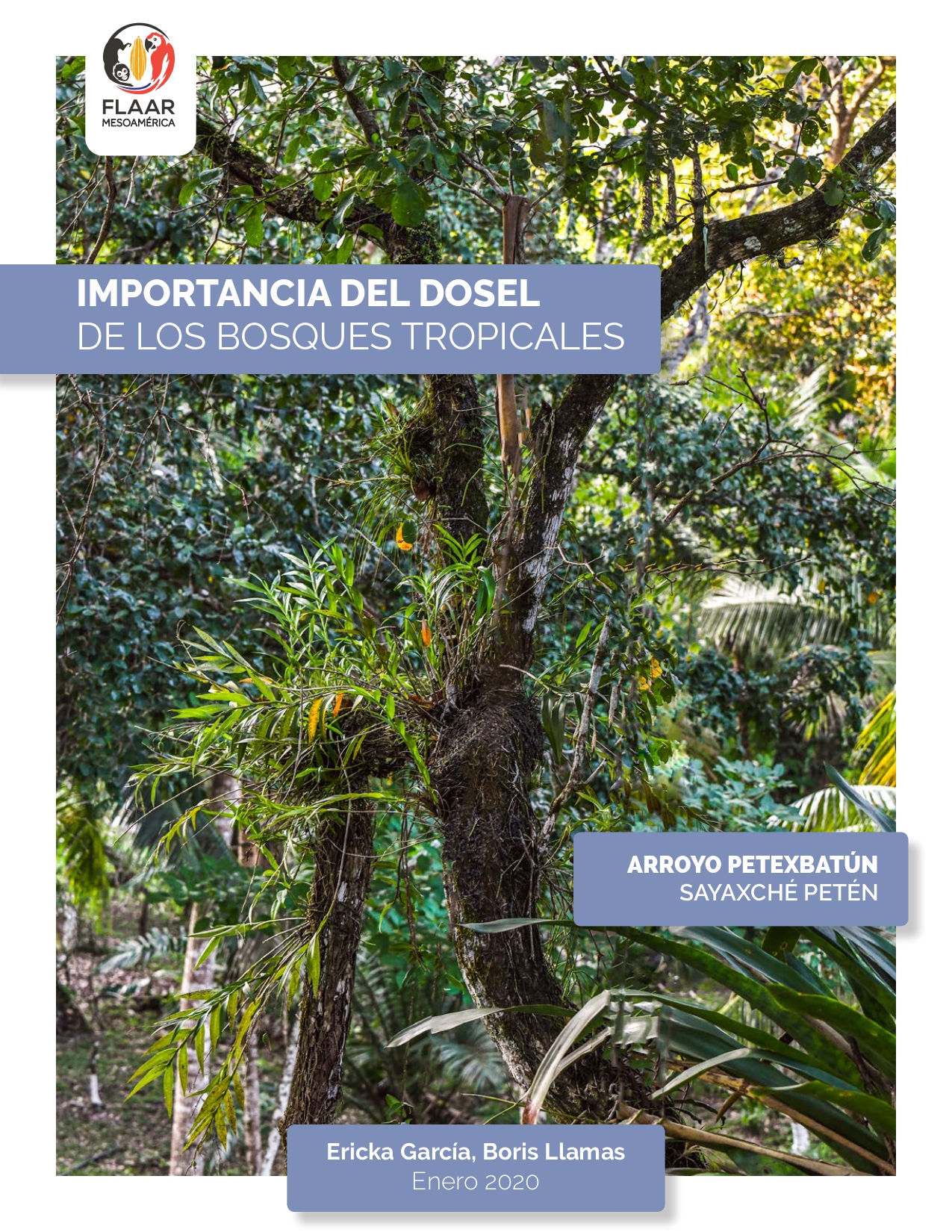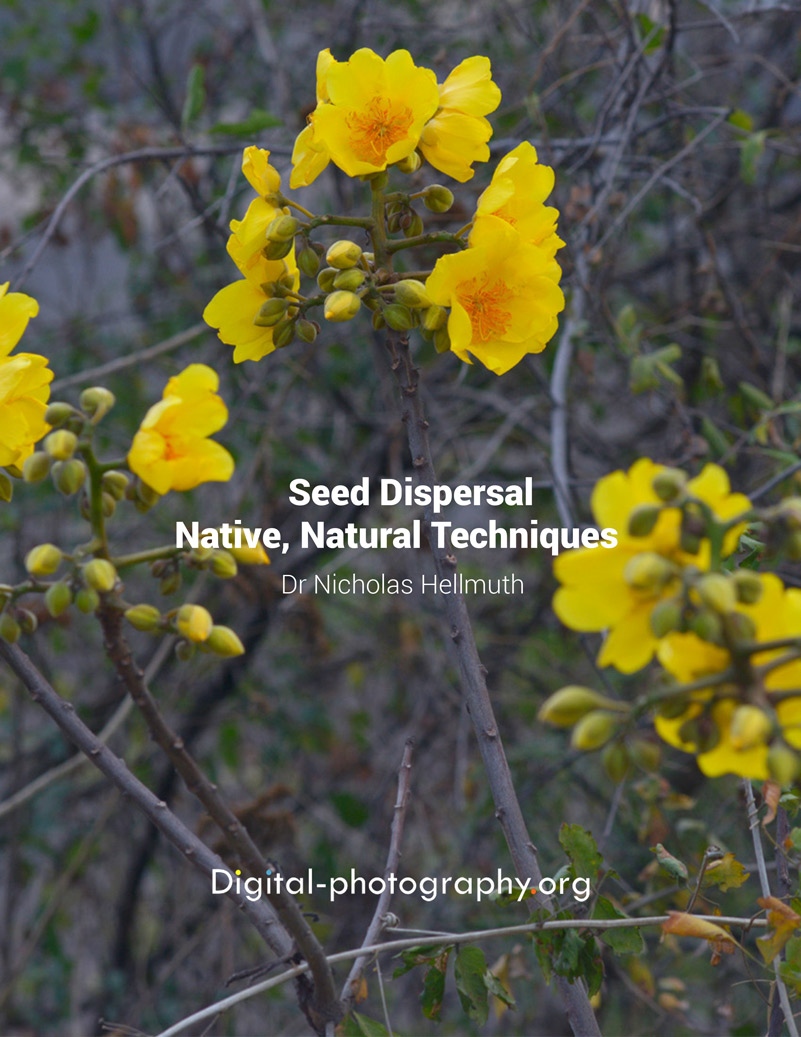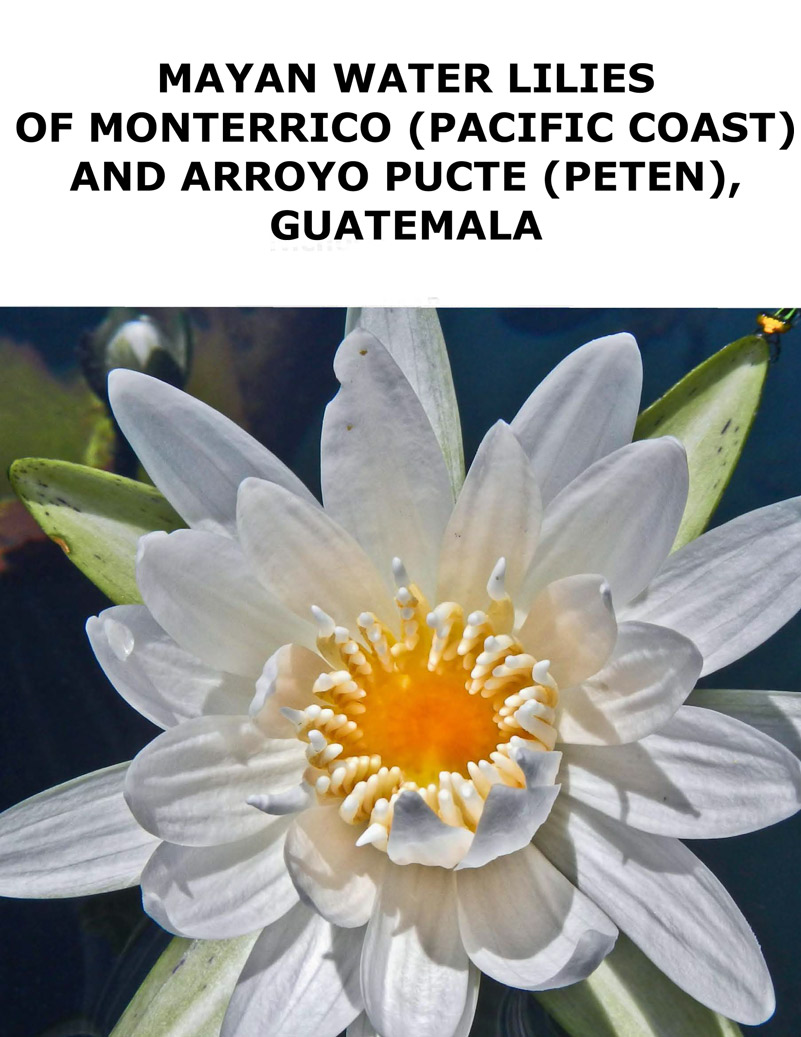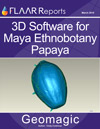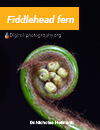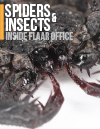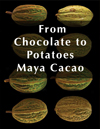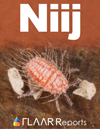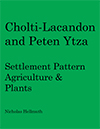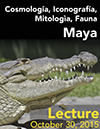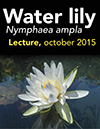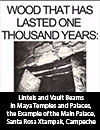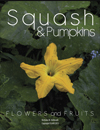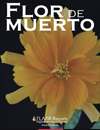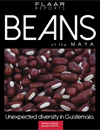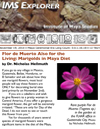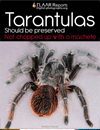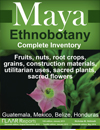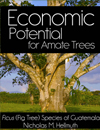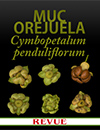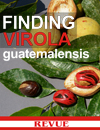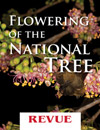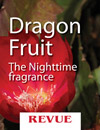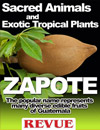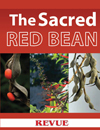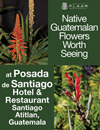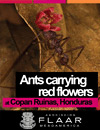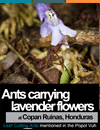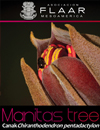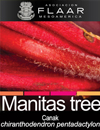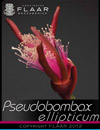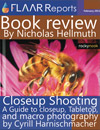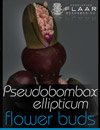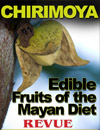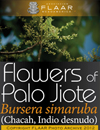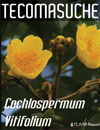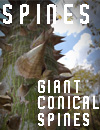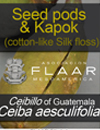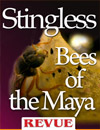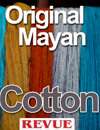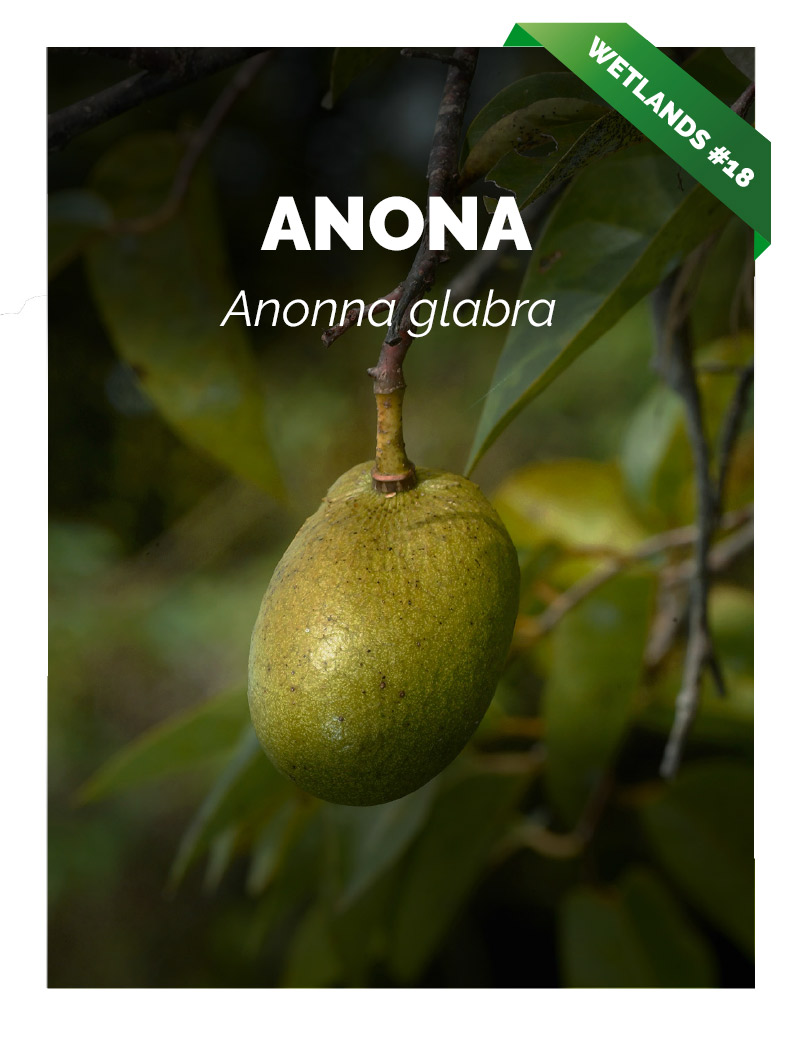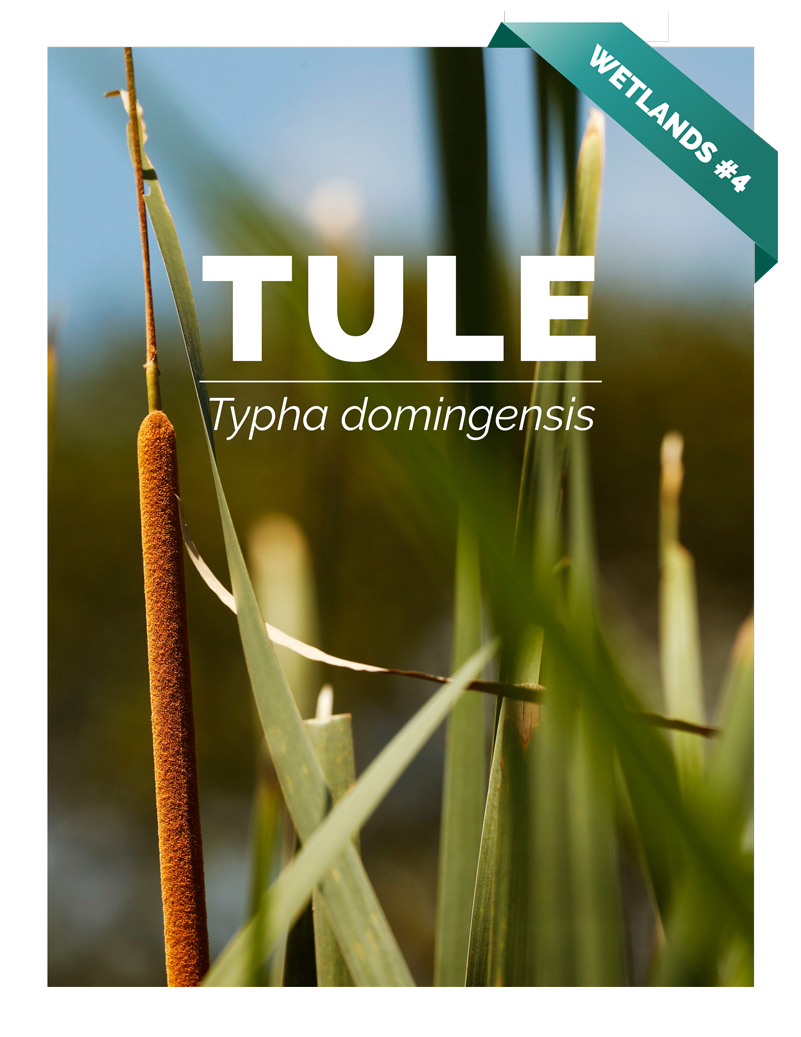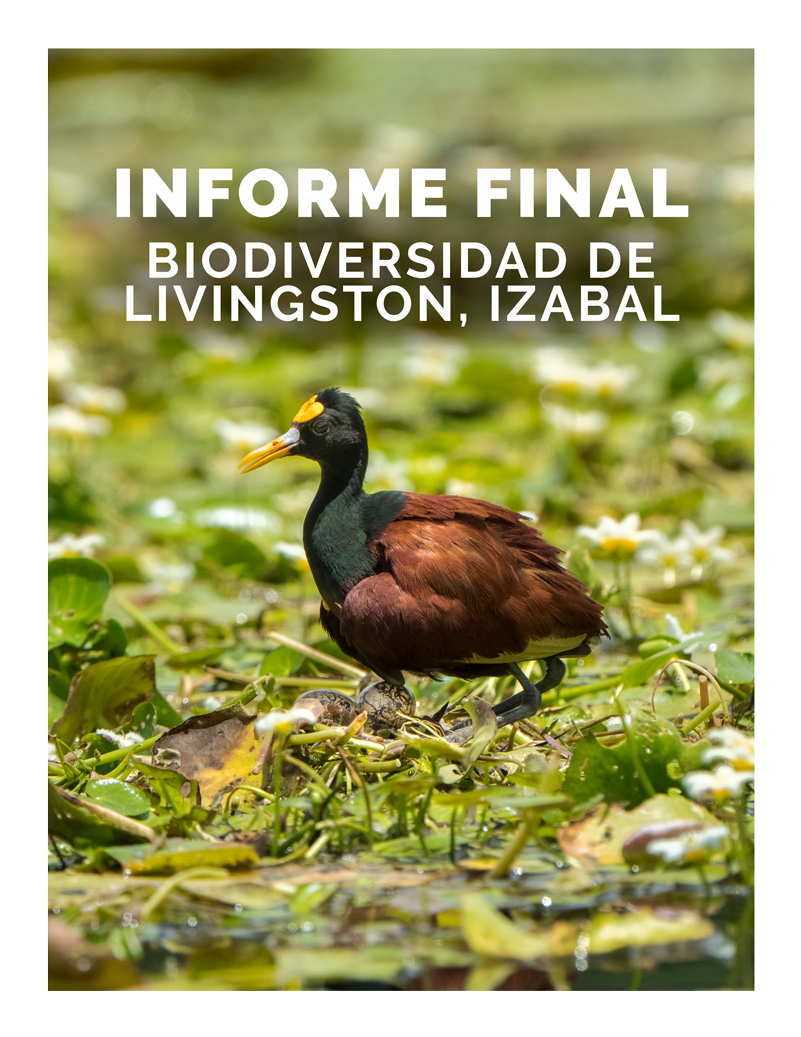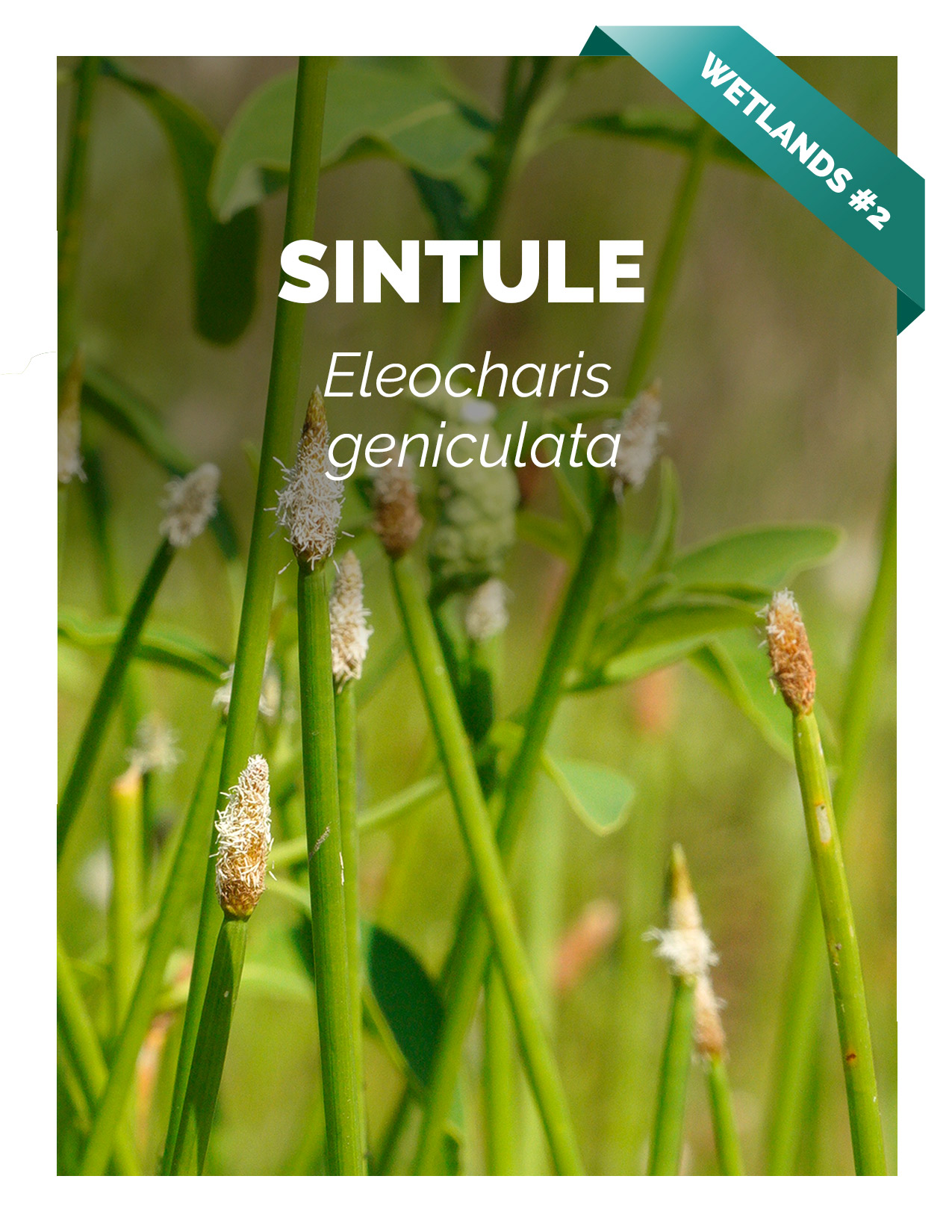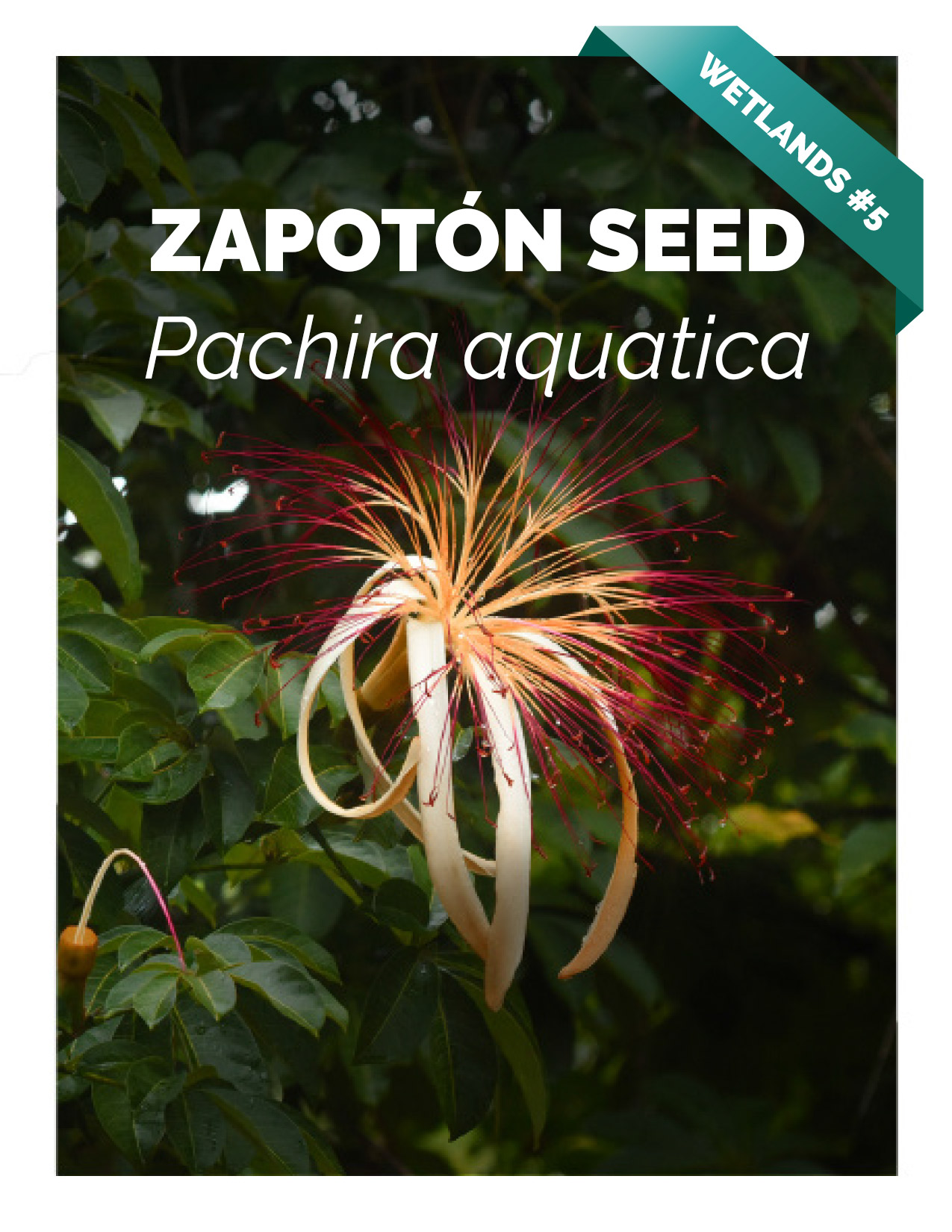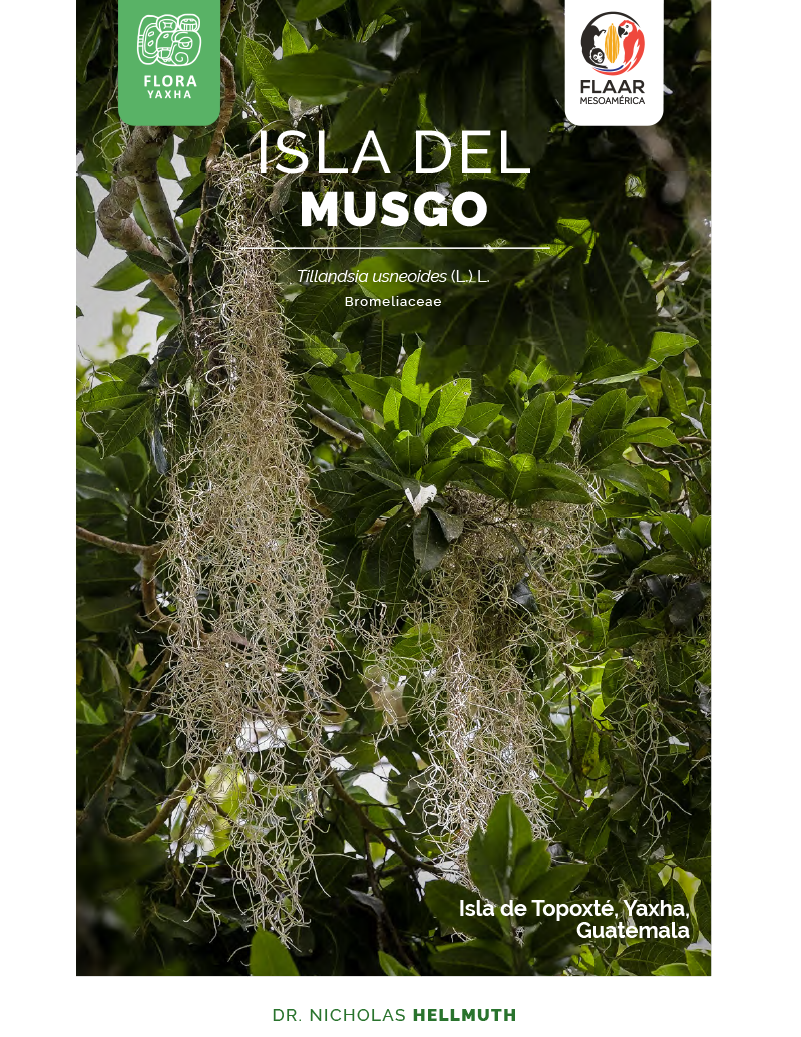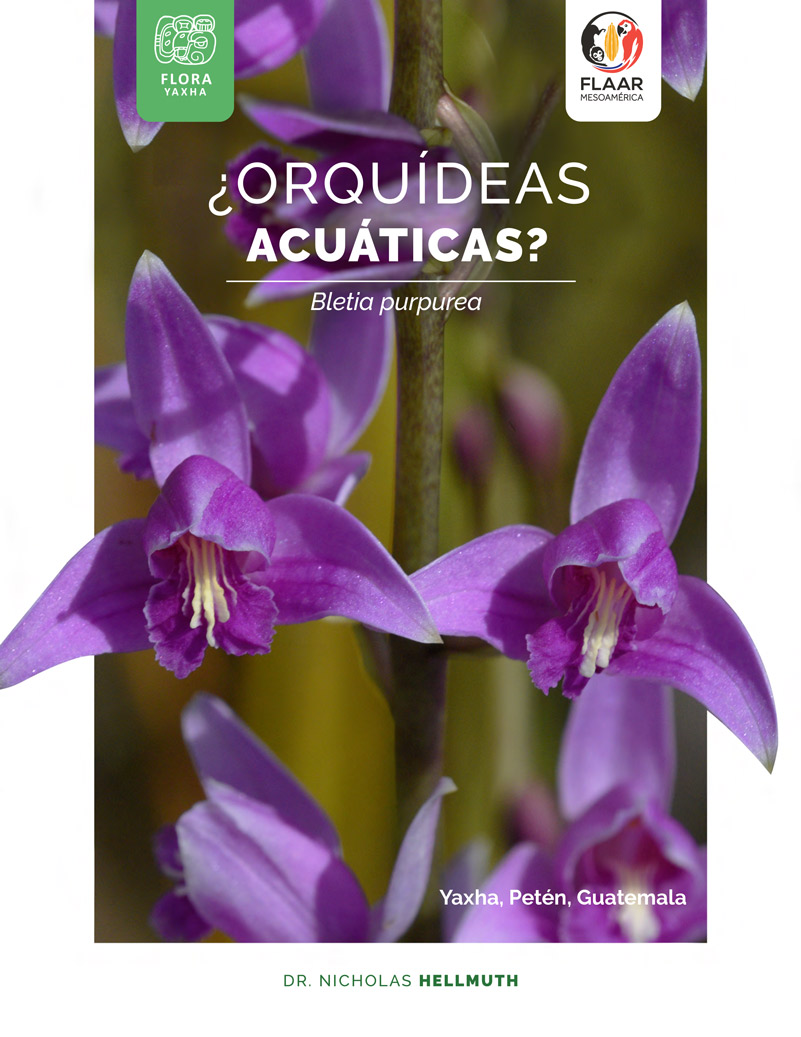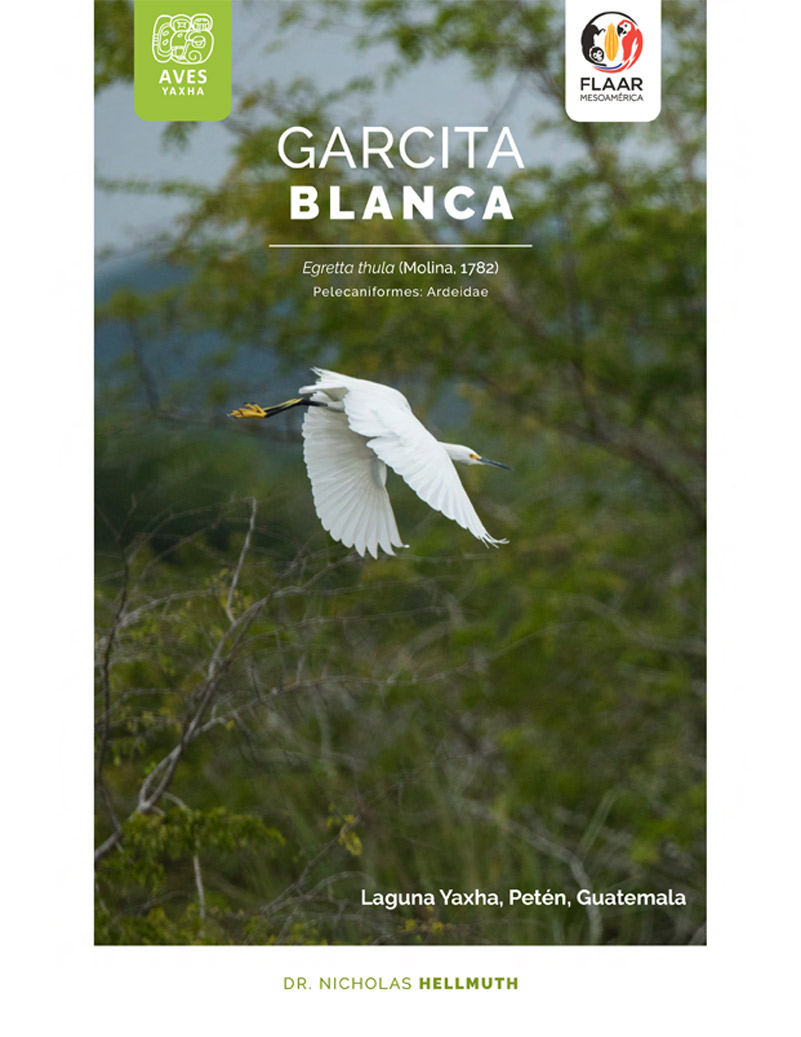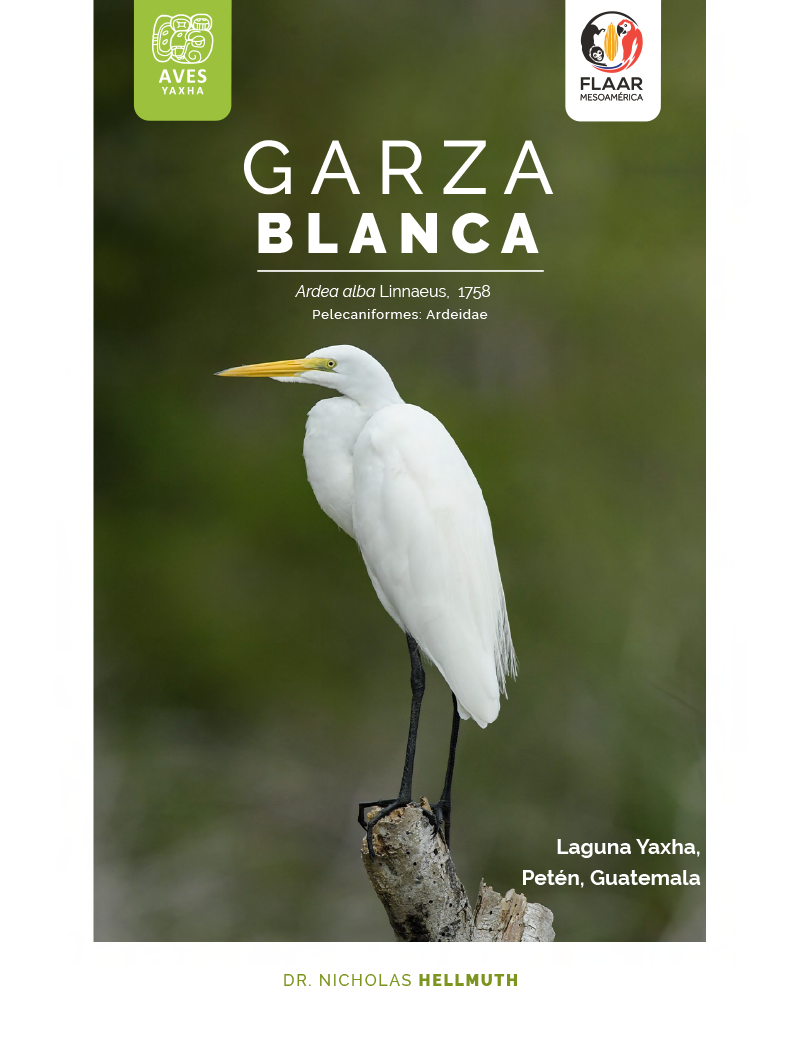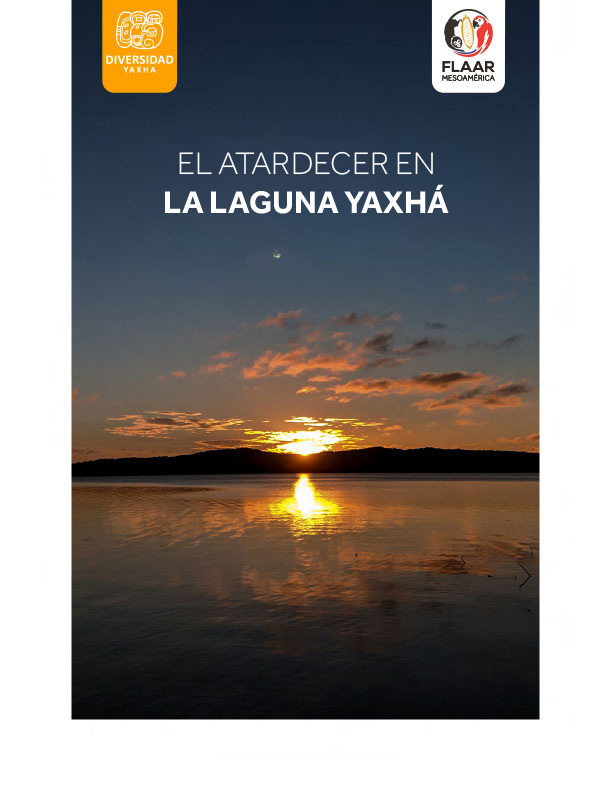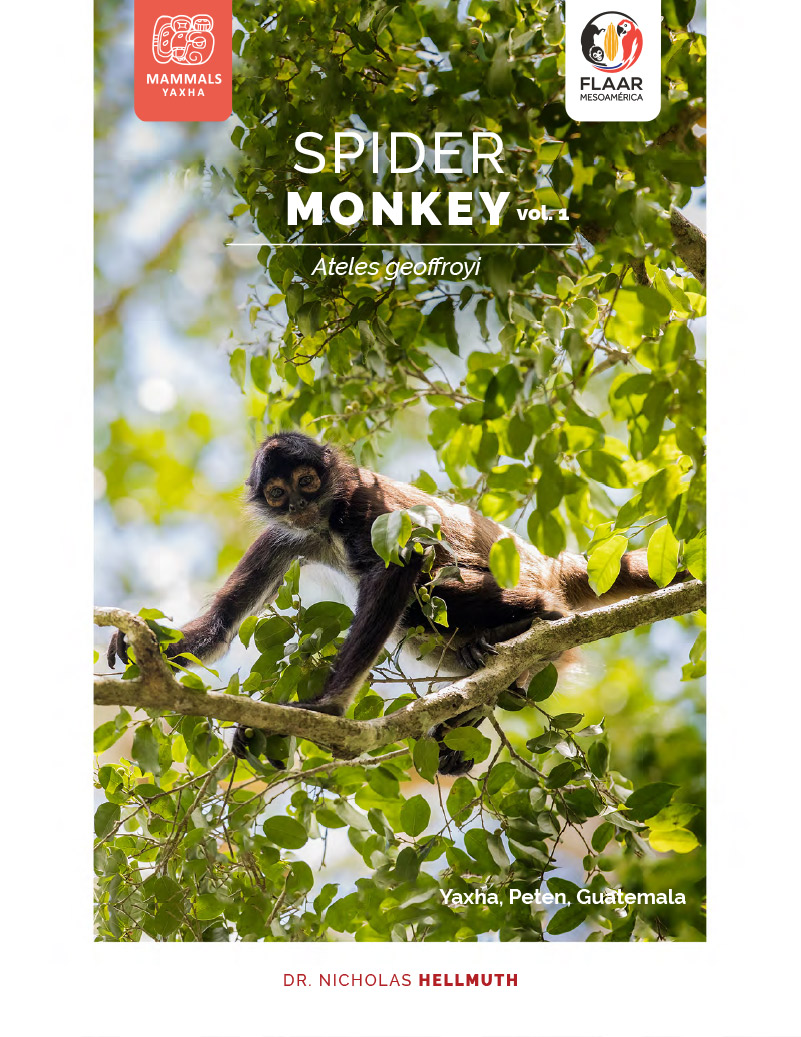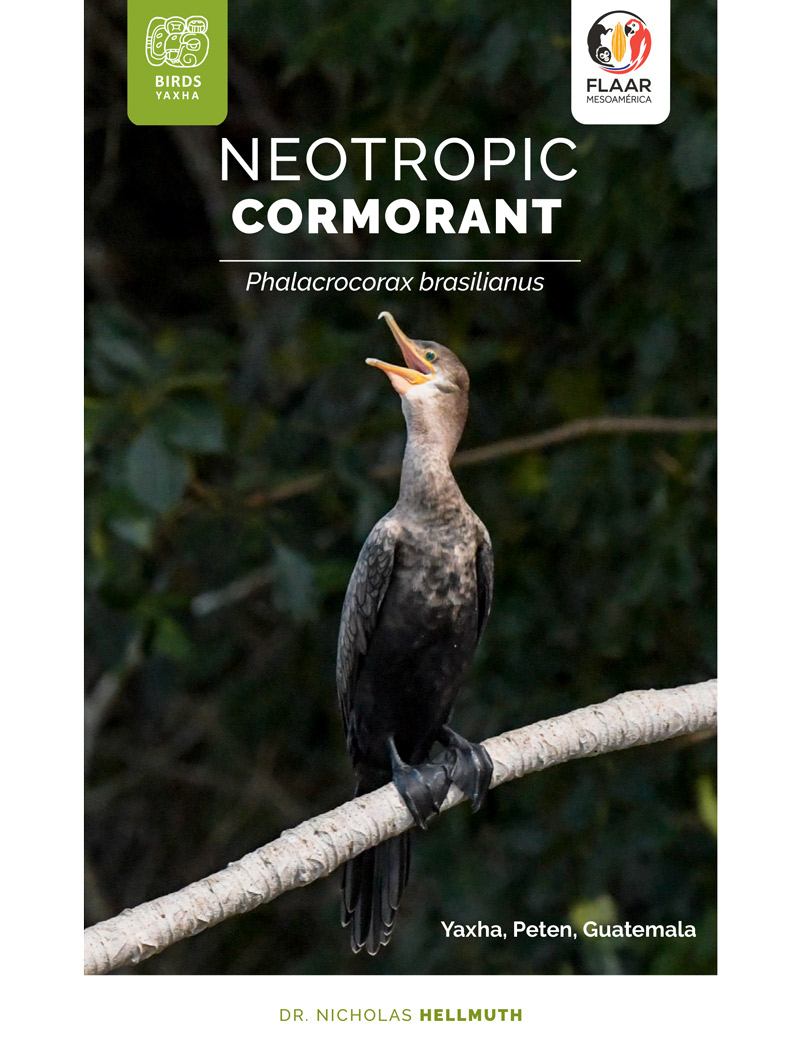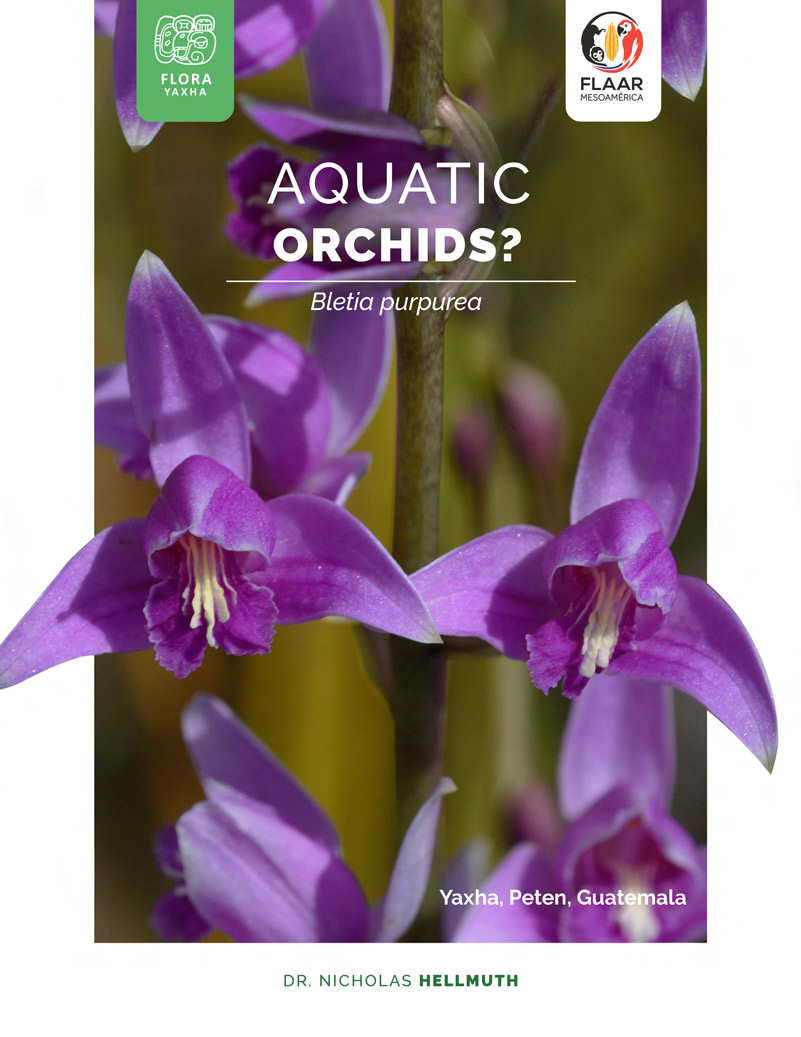Beautiful yellow flower, tecomasuche, Cochlospermum vitifolium
I have seen this flower in many parts of Guatemala, and blooming during many months (not one tree blooming many months, but if you drive long distances through Guatemala you may see this tree blooming somewhere in January, elsewhere in February, and we saw lots of them blooming in early April in Copan, Honduras area).
Tecomasuche flower branches, Cochlospermum vitifolium, Jutiapa, photo taken by Sofia Monzon on January.
Sofia uses a Canon EOS REBEL T2i with a EF-S18-55mm f/3.5-5.6 IS on a Gitzo tripod. Copyright FLAAR 2012.
"Cotton" fiber comes from the dry seed pod
Most "cotton" comes from the kapok trees (Ceiba pentandra and its relatives). But several other unrelated tree species have cotton-like fibers in their seed pods. But since the flowers are so photogenic, not many people bother to photograph the seed pods.
Since we at FLAAR Reports are working on all the trees of the Bombacaceae (especially the species with conical thorns), we have become interested in the economic potential (for local people) of collecting and marketing any and all usable "cotton" from wild or semi-cultivated trees. During our research in our library, and out on field trips, we quickly learned that several trees other than Ceiba and Pseudobombax ellipticum also produce kapok-like "silk cotton."
Tecomasuche flower branches, Cochlospermum vitifolium, Jutiapa, photo taken by Sofia Monzon on January.
Sofia uses a Canon EOS REBEL with a T2i EF-S18-55mm f/3.5-5.6 IS on a Gitzo tripod. Copyright FLAAR 2012.
Medicinal uses of tecomasuche Cochlospermum vitifolium
A boiled potion of the grama colorada or of tecomasuche shoots and flowers is drunk to hasten delivery and to expelthe placenta.
The Chorti Indians of Guatemala, Wisdom 1940: 288.
Detail view of a Tecomasuche flower, Jutiapa. Photo taken by Sofia Monzón in January
Sofia uses a Canon EOS REBEL with a T2i EF-S18-55mm f/3.5-5.6 IS on a Gitzo tripod. Copyright FLAAR 2012.
Tecomasuche is also a place name in El Salvador:
Tecomasuche is found throughout Central America so it is not surprising there would be place names such as, Tecomasuche Cerro, El Salvador.
Buds and open flower of Cochlospermum vitifolium at Peten; Tecomasuche is a medicinal plant used by the maya.
Sofia Monzón uses a Canon EOS REBEL with a T2i EF-S18-55mm f/3.5-5.6 IS on a Gitzo tripod. Copyright FLAAR 2012.
Several flowers and buds of Tecomasuche, a dye plant used for textiles. Peten, January 2012.
Photo taken by Sofia Monzón using a Canon EOS REBEL with a T2i EF-S18-55mm f/3.5-5.6 IS on a Gitzo tripod. Copyright FLAAR 2012.
Cochlospermum vitifolium at Petén. Photography by Sofia Monzon using a Canon EOS REBEL with a T2i EF-S18-55mm f/3.5-5.6 IS on a Gitzo tripod. Copyright FLAAR 2012.
Cochlospermum vitifolium at Petén. Photography by Sofia Monzon using a Canon EOS REBEL with a T2i EF-S18-55mm f/3.5-5.6 IS on a Gitzo tripod. Copyright FLAAR 2012.
Tecomasuche open flowers. Cochlospermum vitifolium, maya medicinal plant. Photography by Sofia Monzon using a Canon EOS REBEL with a T2i EF-S18-55mm f/3.5-5.6 IS on a Gitzo tripod. Copyright FLAAR 2012.
Bibliography on tecomasuche Cochlospermum vitifolium
We have additional bibliographic references in the seprate PDF on tecomasuche Cochlospermum vitifolium photographed at Copan Ruinas, Honduras, in April 2012.
www.iadb.org/idbamerica/index.cfm?thisid=3574
Article via BID on honey potential of the flowers of tecomasuche Coclospermum vitifolium. With basic photos.
First posted April 25, 2012










